Have you ever experienced that tight skin feeling after a stringent facial cleanse and assumed it meant your skin was ‘squeaky clean’? While this is a common assumption, tight, dry skin after you cleanse can be an indication that your skincare routine is doing more damage than good, stripping you of your natural oils and leaving your skin begging for a healthy dose of hydration. Let’s look at some ways to properly maintain your natural oil balance and achieve that perfect complexion.
What causes that dry skin feeling?
Healthy skin is protected by a thin layer called an acid mantle made up of sebum from oil glands and amino acids from sweat. And while you may be tempted to reach for your face wash at the first mention of oil and sweat, it’s important to understand the role this protective barrier plays in maintaining the overall health and hydration of your skin.
Understanding the role of the acid mantle
Your acid mantle serves as your skin’s primary defense against bacteria, viruses, toxins, pollutants, dust, and other irritants. It also protects you against trans epidermal water loss, helping to keep your skin naturally moisturized.
Unfortunately, many commercial face washes only serve to strip away this protective layer, causing damage to this delicate system that can take a while to heal.
What causes acid mantle damage?
If your face feels tight or you experience dryness after a face wash, you’ve likely damaged your acid mantle, and you’ll want to take the proper steps to help it recover.
Other symptoms of acid mantle damage include flaking, redness, inflammation, sensitive skin, clogged pores, breakouts, and even newly formed fine lines and wrinkles.
Here are some of the most common causes of a compromised skin barrier:
Over-cleansing with harsh soaps and other skin products that strip the skin of its natural oils
Sodium Lauryl Sulfate (SLS) is used as a foaming agent in most personal care products. And while a nice lather might help you feel like you’re really getting your money’s worth in deep cleaning power, this ingredient has been shown to cause pretty significant damage to skin proteins and lipids which leads to that post-wash dryness, tingling, and itchiness. So if your current skincare products contain SLS, it may be time to make a change!
Use of topical products with high pH levels, such as alkaline soaps and creams
Foaming cleansers and other high-pH skincare products are notorious for throwing off your skin’s natural pH balance and disrupting the good bacteria that help keep acne and other skin conditions at bay. With mild disruption, your skin can typically return to its natural pH fairly quickly, but when damage is extensive and occurs over a long period (such as with daily face washes), the time it takes for your acid mantle to recover and your pH to return to normal can be lengthy.
Over-washing and over-exfoliating
Dermatologists recommend exfoliating no more than two times per week for people with dry or sensitive skin and even less if you use products like retinol that can cause dryness and irritation. If your skin is sensitive, rather than manually exfoliating, try products with gentle chemical exfoliants like salicylic acid or oil-based exfoliants like jojoba oil beads.
Hot showers and prolonged exposure to hot water
Washing your face with hot water, such as in the shower, can quickly strip your face of its natural oils. So try to limit hot showers to 5-10 minutes, and be sure to use lukewarm water when washing your face. But if you like that tight, squeaky clean feeling after a face wash, you can finish off your rinse with cold water that will keep your skin feeling tight without damaging your natural oil production.
Restoring your acid mantle
If you’re currently experiencing that dry, itchy, irritated skin feeling after a face wash, here are some tips to promote the restorative process of your protective skin barrier and rebalance your natural oil production.
Use hydrating, pH-friendly skincare products
Ingredients like allantoin, hyaluronic acid, ceramides, and fatty acids promote deep hydration and help repair your skin’s barrier to lock in moisture.
To maintain a healthy skin pH, look for ingredients like retinoic acid, AHA, BHA, and amino fruit acids, but be sure you know how to apply them properly because improper use can lead to further damage.
Know your skin type
Your skincare routine should reflect the uniqueness of your skin. Understanding your skin type is the first step in curating the perfect collection of products to maintain a healthy skin barrier or repair any damage that has already occurred.
Sensitive Skin Type
If you struggle with sensitive skin, be sure to switch to gentle cleansers, free from harsh surfactants, like sodium lauryl sulfates, or irritating fragrances.
Oily Skin Type
If your skin is prone to excess oil, you might be tempted to over-wash, over-exfoliate, or use drying skincare products to remove the troublesome film. But a counterintuitive approach may be in order. An oil-based cleanser is highly effective at removing oil-based impurities, including excess sebum. But the key is to avoid stripping away all of your skin’s oils which can encourage overproduction in the future.
Dry Skin Type
Dry skin can be caused by short-term dehydration or exposure to environmental factors like UV rays, cold wind, and low humidity, but it can also be a symptom of something deeper. If you have chronically dry skin, you’ll want to focus on hydrating moisturizers that deeply nourish your skin cells and anti-aging ingredients to help smooth fine lines that form more readily in dry skin.
Normal Skin Type
If you’re one of the lucky ones with a normal skin type, you may not feel you need to curate your skincare routine. But it’s still important to look at what ingredients you’re using on your face to be sure you’re maintaining proper skin pH and not allowing unnecessary damage to your skin’s barrier. Be sure to check not only your daily facial cleanser and moisturizing lotions but also products like face masks, exfoliants, serums, and shaving creams. And be sure to take note of how your skin feels after applying product. If it feels tight and dry, it may be time to take a closer look at your regimen.
Avoid excess exposure to the elements
Sunburns, cold weather, wind, and low-humidity air can all cause damage to your acid mantle and promote dry, flaky skin. At this point, you’ll want to make sure you take action to protect your skin from further damage because once this protective layer is compromised, your skin becomes even more prone to damage from these elements. Use gentle sunscreens, drink plenty of water, and try to limit your exposure to airborne pollutants as you allow your protective barrier to heal.
Truefitt & Hill’s Skincare Lines
Explore our specially curated skincare lines


 Bangladesh
Bangladesh
 1805
1805 Grafton
Grafton Sandalwood
Sandalwood No.10
No.10 Trafalgar
Trafalgar West Indian Limes
West Indian Limes Ultimate Comfort
Ultimate Comfort Apsley
Apsley Mayfair
Mayfair Highgrove
Highgrove Cream and Soap
Cream and Soap Shaving Brushes
Shaving Brushes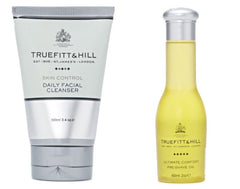 Pre-Shave
Pre-Shave Aftershave Balm
Aftershave Balm Razors
Razors Stands & Mugs
Stands & Mugs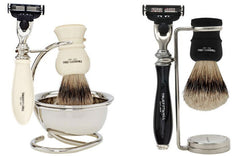 Sets
Sets Bags
Bags Shampoo
Shampoo Tonic & Frictions
Tonic & Frictions Styling
Styling Combs & Brushes
Combs & Brushes Beard
Beard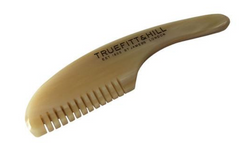 Moustache
Moustache Bath Soap
Bath Soap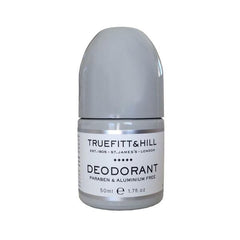 Deodorant
Deodorant Manicure Sets
Manicure Sets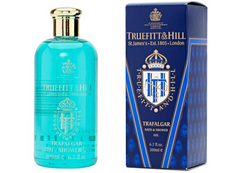 Shower Gel
Shower Gel Scrub & Cleanser
Scrub & Cleanser Skincare
Skincare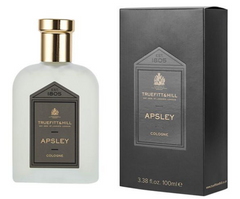 Cologne
Cologne The Jubilee Collection
The Jubilee Collection E-Gift Cards
E-Gift Cards $50 and under
$50 and under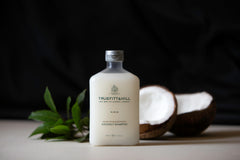 $100 and under
$100 and under $100 and over
$100 and over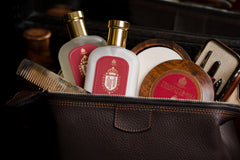 Gift Sets & Bundles
Gift Sets & Bundles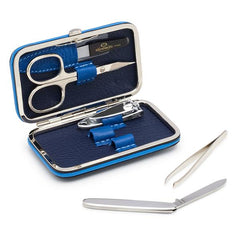 Grooming Accessories
Grooming Accessories Travel
Travel






